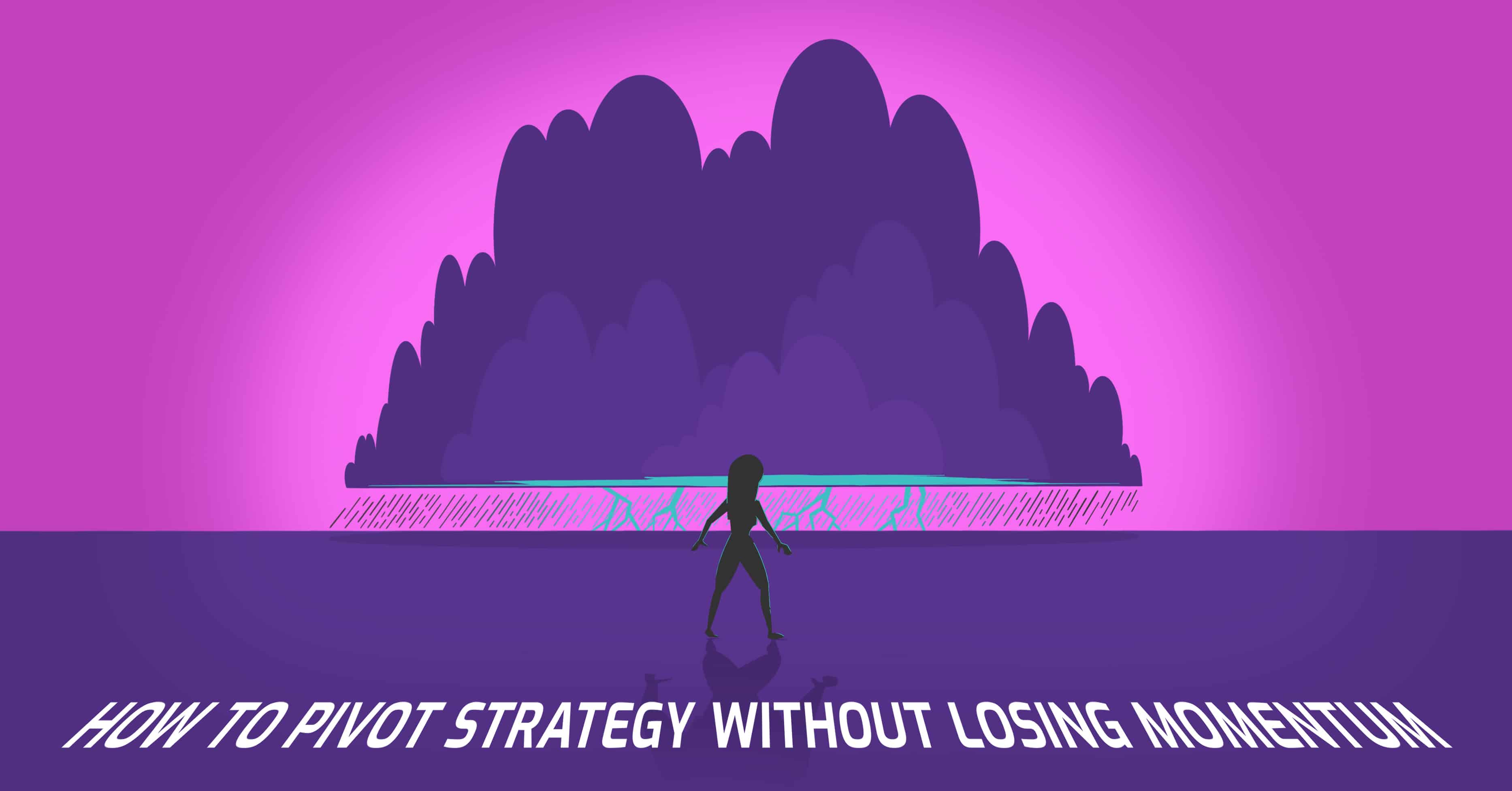How do I pivot my strategy without losing momentum?

- The sentence “not since WWII” is becoming commonplace.
- Digital news publishers are struggling with the fact that no one wants their content to show up next to coronavirus news, which is a hard ask right now because…everything is coronavirus news.
- According to WSJ, news content ad prices are going down, which may present an opportunity for you.
- (See our list of creative dos and don’ts from Tuesday’s edition, which can help pivot your creative in a way that won’t create awkward implications.)
- Seems like the collateral damage on Corona Beer was overstated, as they have seen sales go up by 50%. It does pair well with an episode of Tiger King, we must admit.
- Marketers playing the role of customer experience gurus is more important than ever. CMO has a great article on CX.
- “The Law of Shitty Clickthroughs” from Andrew Chen is a really good distillation of why being a “channel nomad” with your campaigns is important. It’s tempting to stick with tried-n-true channels, but you should really shake things up and be dynamic with your media strategy.
The sky is falling and everyone’s looking at you, the marketing leader, and asking, “What are we gonna do now?”
Many of you are aware that the brands who slammed the breaks in 2008 had a lot of trouble getting back in the game. So how do you maintain your momentum in a world of uncertainty?
War game different scenarios for every campaign and strategy.
Hope for the best—the country will be up and running again within a few months and that September trade show will happen—but don’t rely on it. Make backup plans for every major campaign, launch, event and media buy. If you can’t do the live event, find a virtual alternative.
And then make backup plans for those backup plans.
Keep in mind that everyone will be rushing for the same inventory when the “all clear” signal comes—including media, event spaces, etc.—so secure that stuff early with the option to cancel.
And then establish clear trigger points: “If we don’t know by June 15th, we’re moving to Plan B.”
Monitor your customers like a newborn.
Engage every tool and department in this process, including salespeople, customer service, etc. Social listening tools like Sprout are really helpful and powerful because they reveal live insights. Demand to know what your customers are saying and asking on a daily basis; that’s the only way to truly lead rather than react.
Keep everyone unified and on-message by updating and distributing talking points rapidly as the situation changes.
Control your brand’s narrative by making sure everyone at your organization is preaching from the same hymnal in regards to what the company is doing and planning.
Challenge your partners to rise to the occasion.
Including internal teams and departments, agencies, media partners, suppliers, etc. “Bring me new ideas.”
Several SRH clients have issued this challenge to us and we’ve been energized by it—certainly more so than “Let’s just put everything on hold.”
Even if we never execute some of these radical ideas and alternatives, at least we know they exist.
Speaking of…
Be honest with everyone.
Customers. Colleagues. Media partners and agencies. If you don’t know, you don’t know. If you can’t make a firm commitment, just say that.
We’re all in the same boat.
Everyone will remember the way you treat them during this moment.
One of the most difficult things about the situation is how quickly the world is changing. It’s hard to make smart decisions when the variables change minute by minute.
If you need an extra brain or two, we’re here to talk through your conundrums, maybe over a video cocktail.

